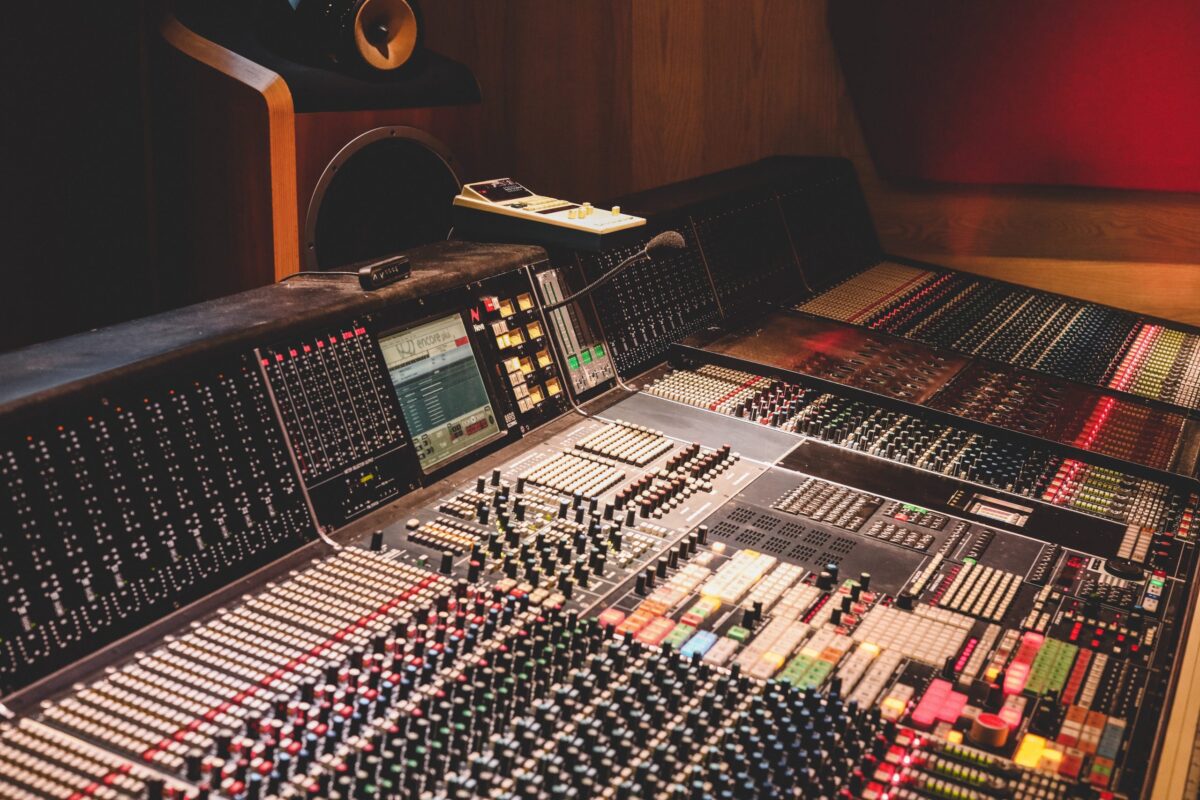Day 61 – “Mixing” – March 14, 2000

We’re finally done recording at Timber Trails (YAY/Thank GOD) and Mike and I have moved our recorded tracks East. We’ve been invited to mix* our album in Whitney Houston’s home studio in Mendham, New Jersey. So far there’s no sight or sign of “The Voice,” and El Blanco thinks there’s little chance we’ll run into her over the next three weeks. “It’s probably better that way,” I tell him, “I’d no doubt embarrass us both with my fawning all over her.” The grounds are impeccable. The studio walls are a rich purple and the luxurious leather sofas are white as snow. We spent the morning moving into our new studio (much relieved to be out of Chris Wright’s, Timber Trails) and the afternoon preparing to mix.
Preparation for mixing involves a laborious process of inventorying each track, adjusting settings, checking tones, and notching pesky frequencies.* A loud 2K feedback rings out of the monitors.
I imagine this is what an ant’s amplified death cry sounds like. The ring stops temporarily before piercing the air again … and again … and again until that damn ring has found a home in my left ear.
It’s the sound of silver
It’s traffic
It’s the sensation of biting into an overly frozen raspberry popsicle with your back teeth
It’s tinsel
It’s nasal spray
It’s too much coffee
It’s the sound of exes echoing complaints years after their last fight
It’s annoying.
As a means of defense, I have a full bottle of Bach Rescue Remedy in my purse (now half empty), essential oils, chocolate, a picture of my brother, my knitting, and most importantly, earplugs.
Footnotes:
- Mixing: Mixing a record happens once all parts (drums, bass, guitar, strings, horns, vocals, etc.) are recorded. It is the process of balancing various elements of each song to ensure they complement each other. It includes balancing levels, panning, EQing, adding effects, automation, and creating cohesion to shape the final sound and prepare the album for mastering (the final polish before distribution).
- Notching Frequencies: Eliminating unwanted frequencies that can muddy the mix or cause issues. This process includes identifying and reducing frequencies that may cause problems, such as feedback, resonance, or muddiness. This fine-tuning ensures clarity and a cleaner sound.
